Editor’s note: Running through all 21 miles of Malibu, PCH is a backdrop to daily life and community tragedy. We chose to name this series, “PCH: A Perfect Storm” to encapuslate the beautiful scenery and the deadly risks that face those who use this road. The inspiration for the title of this series came from an October 2023 interview with Michel Shane who lost his daughter, Emily, on PCH in 2010.
Editor’s note: Emily Chase graduated in April and is a former staff member of the Graphic. The reporting and writing of this story was complete before graduation.

Malibu provides a scenic backdrop of the Pacific Ocean coastline to problems like speeding, lawsuits, land use and maintaining rurality. Ben Marcus, Malibu Times‘ writer and local historian, said the coastal paradise is not just a hot tourist destination but a place filled with chaos and controversy since its beginnings.
“Call it, ‘21 Miles of Controversy,’” Marcus said. “There’s been a lot of controversy right now because of all the accidents and death, but the controversy goes back more than a hundred years with a lot of court cases to complete the last link in the Roosevelt Highway.”
The Founding Family
Starting in the 1880s, Frederick Hastings Rindge arrived in Malibu from Boston and purchased all the land stretching from where Duke’s Malibu is today, up to the current location of the seaside restaurant Neptune’s Net, according to the book “Images of America Malibu” by Marcus. Frederick Rindge and his wife, Rhoda “May,” settled their family in Malibu and developed their own little haven.

In 1907, after patriarch Frederick Rindge died in 1905, the 13,300 acres of what is now Pacific Coast Highway, better known as PCH, belonged to the family and was heavily sought after by the state of California for over a decade, Marcus shared. The state desired the highway’s prime location next to the coast and potential to become a major roadway for travel, Marcus said.
Frederick Rindge’s dying wish, according to Marcus’ research, was to protect the land he bought for his family, and with his passing, Rhoda Rindge was doing everything she could to fulfill that desire.
David K. Randall, author of “The King and Queen of Malibu,” said Rhoda Rindge was a fighter, and one cannot understand PCH without understanding her fight.
“She [Mrs. Rindge] was willing to sacrifice what would be the equivalent of a billion dollar fortune in today’s money for her dream,” Randall said. “PCH is one of the symbols of Southern California, but it has a tragic backstory.”
Federal agents tried writing Rhoda Rindge checks to buy the land, Marcus said, but she ripped them up in retaliation.
Agents tried paying visits to her home in Malibu, Marcus said, but Rhoda Rindge pulled a gun on the agents who paid her a visit, demanding they remove themselves from her property.
Rindge even went as far as to blow up the access road to her property to ensure no one could trespass on her property, according to “The King and Queen of Malibu.”
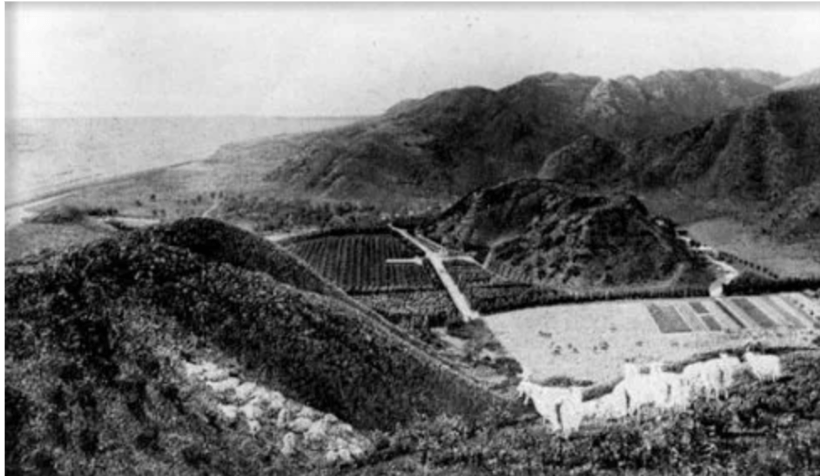
In 1923, one of the many lawsuits Rhoda Rindge filed finally made it to the Supreme Court, Marcus said. The federal court was not as much concerned about the financial gains but about the “access to beauty,” Marcus revealed, and Rhoda Rindge was left to fight the battle.
“The Supreme Court case argument wasn’t entirely interstate commerce, or traffic/public transit, she [Rhoda Rindge] was denying the public access to beauty,” Marcus said. “I think that’s one of the most interesting things about the whole saga, access to beauty is a pretty weird Supreme Court argument, but it worked, and she ultimately lost, and that was the beginning of the end.“
Highway of Hell
The Roosevelt Highway, today known as PCH started with turmoil. The highway had fires, lawsuits and economic crashes which were the backdrop for its big opening, according to Marcus’ saved newspaper headlines from the era.
Rhoda Rindge lost the Supreme Court case, and the state began constructing the Roosevelt Highway until its official opening June 29, 1929, according to the L.A. Times issue published that day.
“For the first time in more than a century, the general public was today given access to the scenic wonders of the famous Malibu Ranch,” the L.A. Times wrote.
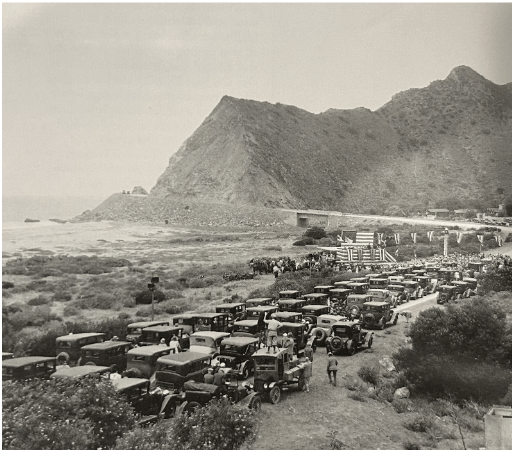
That excitement for the highway was short lived, wrote James Cain, author of Vanity Fair’s “The Widow’s Mite.” A fire broke out from defective wiring at house No. 83 right next to the highway Oct. 26, 1929, Cain said. The fire destroyed 29 houses in total.
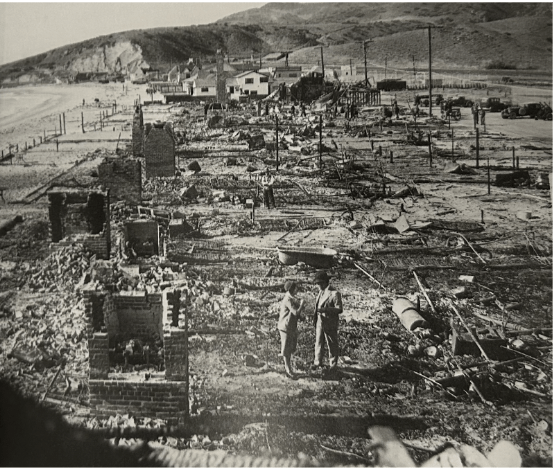
The pain did not stop there for Malibu residents, or the whole country for that matter, as two days later the Stock Market crashed, according to the Federal Reserve History.
Marcus said, as a result of the need for work because of the Great Depression, locals were quick to rebuild the neighborhood. By 1930, almost all of the 29 homes destroyed were complete, according to Nancy Smith, a publicist at the time.
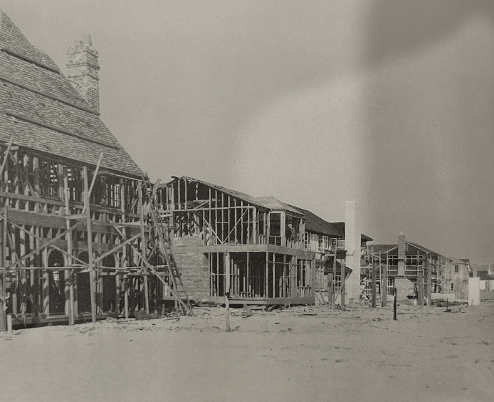
After fires, crashes and lawsuits, the Roosevelt Highway was up and running, but now the Great Depression was setting in, and Marcus said the war years were arriving quickly.
World War II on the California Coast
During World War II, Malibu was by no means an exception in the war effort. The historic Adamson House — which belonged to the Rindge family before transferring ownership to the state of California — and the Malibu Pier, which opened to the public in 1935, were used as U.S. Coast Guard bases from 1942 to 1945, according to “Images of America Malibu.”

All of Malibu suffered the consequences of war, including a lack of safety. In February 1942, Los Angeles invoked a citywide blackout in response to a warning about a potential Japanese attack, according to History. This blackout included people driving at night and with that followed the potential dangers that come with driving on PCH, Marcus said.
“People weren’t allowed to drive PCH at night with their lights,” Marcus said. “Imagine how safe that was, and not much has changed; the lighting is still bad, and driving on PCH is still unsafe.”
Per Contra and Parallels of Past and Present
The once grass, rancho setting is gone, and the Rindge family is no longer reigning. Malibu gained its city status in 1991, according to the city’s demographic page on their website.
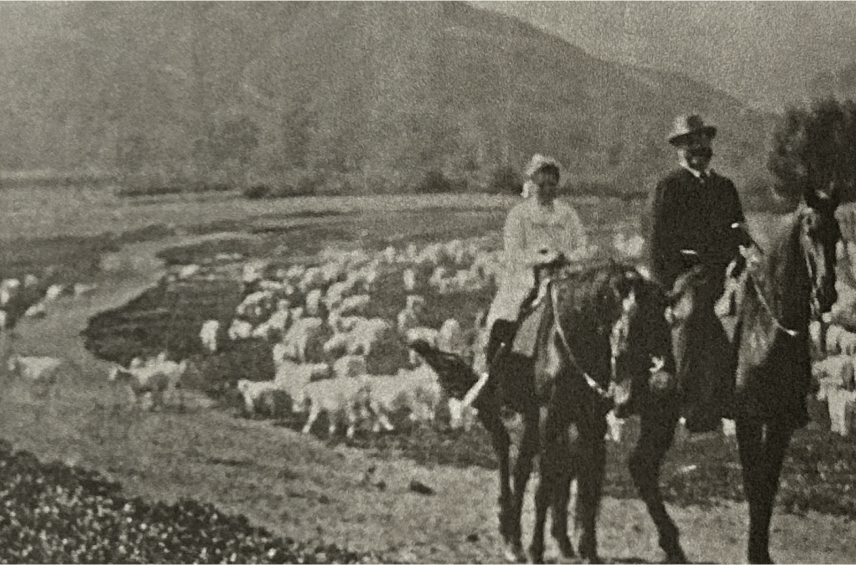
From WWII until today, though, not much has changed in the way residents take pride in their land, despite the growing Malibu population, Malibu Mayor Steve Uhring said.
“People are still very protective of their neighborhoods,” Uhring said. “Ordinances are in place to protect them.”
Ordinances like the Dark Sky Ordinance seem very reminiscent of war time in Malibu, Marcus thought aloud — severe safety concerns and all.
Marcus said the parallels further continue in the entertainment industry with Malibu’s status as a hot movie star hangout and prominent filming location.
Dating back to the 1930s, the entertainment industry used its resources to turn out films to bring entertainment to the American people during difficult times. Some of the most popular films of the era were filmed in Malibu, according to “Images of America Malibu.”
The movies filmed in Malibu before, during and after WWII became so popular that 20th Century Fox decided to open their own ranch on Malibou Lake in 1958, according to “Images of America Malibu.”
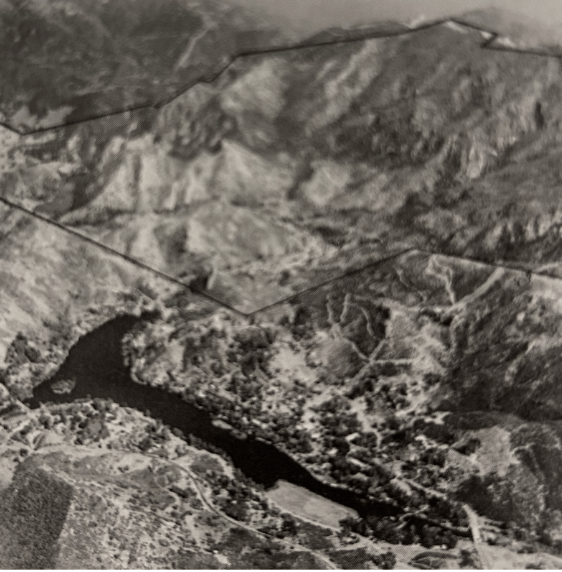
Today, the location of the former ranch is now part of the California State Parks company, but Malibu itself, PCH and the surrounding beaches are still being used as filming locations to bring entertainment to the masses with films like The Notebook (2004), Iron Man 2 (2010), The Big Short (2015) and Once Upon a Time in Hollywood (2019), among others.
Aside from the prime filming location and glamorous lifestyles of Malibu residents today, Marcus said the same concerns that plagued Malibu in the past affect the city today.
“People still drive like idiots here,” Marcus said. “Lawsuits over property are still present. Like, the guitarist from U2 — he’s spent 14 years in a legal battle trying to build on land and lost just like Rindge did.”

Amidst lawsuits, safety or concern for the community, mudslides, floods and fires, one thing remains constant: PCH’s backstory is filled with controversy and tragedy, both Marcus and Randall agreed.
“I think the biggest issue is that the road, in many ways, should have never been built,” Randall said. “It’s dangerous, too narrow and too susceptible to elements. You could make an argument that all of Malibu would be much better suited to be a national park, as May Rindge once proposed.”
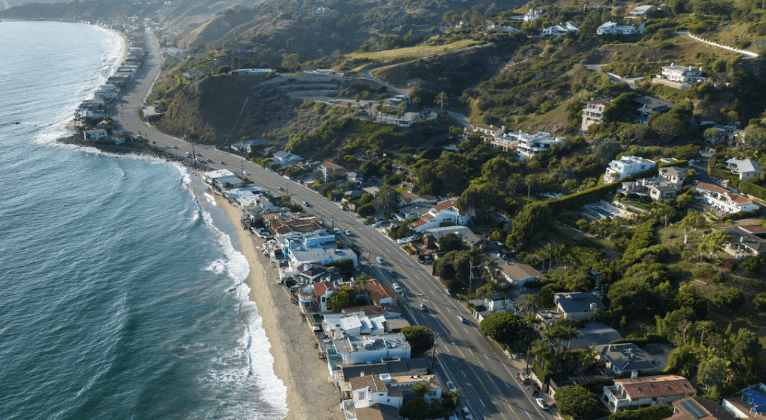
Whether it’d be a national park, a rural neighborhood or a tourist-attracting city, Malibu’s PCH will forever remain, “the most iconic ribbon of asphalt,” in California, according to Route Magazine.
____________________
Follow the Graphic on X: @PeppGraphic
Email Emily Chase: emily.chase@pepperdine.edu

